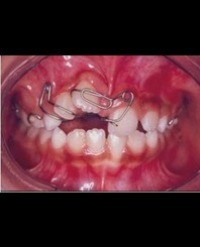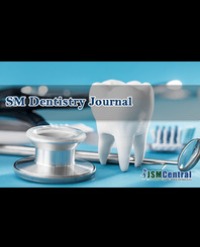
Comprehensive Multidisciplinary Team Approach in the Treatment of Amelogenesis Imperfecta- Case Report
Amelogenesis imperfecta comprises a group of hereditary enamel defects, characterized by enamel hypoplasia, hypomaturation, or hypocalcification of the teeth. We describe the treatment of an 8 year old boy diagnosed with autosomal dominant smooth hypoplastic AI. The patient had hypodontia and teeth with abnormal morphology; missing enamel, and a functional anterior crossbite. A treatment plan was implemented that improved function by restoring posterior teeth, improved esthetics by enhancing teeth appearance, eliminated functional deviation of the jaw, preserved the existing teeth, and promoted low cardiogenic nutrition and good oral hygiene. Treatment of young patients with AI should be oriented toward functional and esthetic rehabilitation.
Anat Baniel1*, Eldad Sharon2, Shahar Menashe3 and Joseph Shapira1




